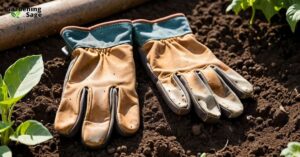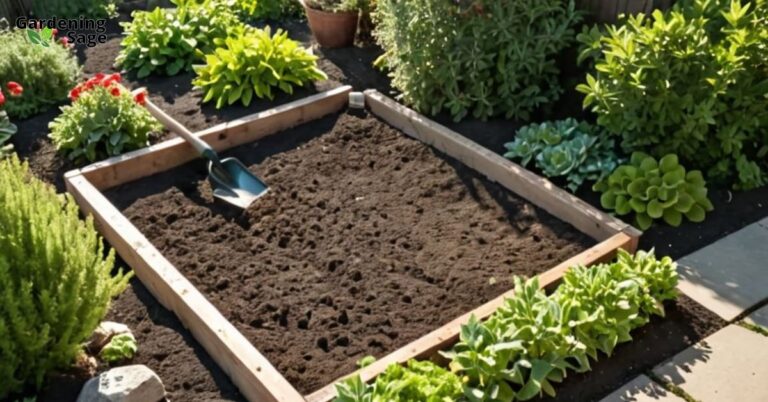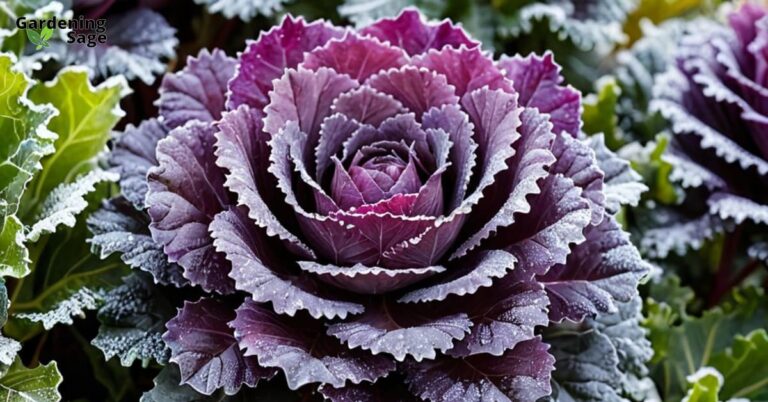Embarking on Tool Organization in the Garden
As a gardener’s tool collection grows, keeping everything organized can become a challenge. Misplaced tools lead to wasted time hunting around the shed when you could be tending to your vegetables or pruning your roses. By setting up a thoughtful system, you’ll know exactly where to find your trowels, pruners, and everything else when it’s time to garden. An organized tool system not only saves time but also extends the life of your tools by preventing damage and loss.
Assess Your Current Storage Situation
Begin by taking a thorough inventory of your gardening tools and accessories. Note where everything currently lives – on shelves, hanging from hooks, tossed in bins, or even left out in the elements. Identify pain points like overcrowded shelves, tools without a proper home, or lack of visibility. This assessment will reveal what’s working and what needs improvement. Consider the condition of your tools as well; rusty or dirty tools might need maintenance before being properly stored.
Designate Tool Categories
Group tools into logical categories so similar items live together. For example:
- Hand tools – trowels, transplanters, cultivators, weeders, and dibblers
- Pruning tools – loppers, shears, saws, and snips
- Garden preparation tools – spades, rakes, hoes, forks, and edgers
- Watering tools – hoses, watering cans, and spray nozzles
- Plant support tools – stakes, ties, and trellis nets
Categorizing helps you recall where tools belong when putting them away and streamlines your workflow. It also makes it easier to spot if something is missing or out of place.
Optimize Storage Space
Maximize your storage real estate. Use wall-mounted racks or pegboards to hang frequently used tools within easy reach. Install magnetic strips for metal tools and accessories. Reserve shelves for bulkier items or accessories, and consider using clear bins for smaller items so you can easily see their contents. Store long-handled tools vertically in a barrel or dedicated corner to prevent them from falling over and becoming tripping hazards. Small spaces like wall hooks or bins are ideal for seed packets, gloves, and twine. If possible, incorporate a workbench or potting table with built-in storage for added functionality.
Label Clearly
Use labels, chalkboard paint, or a visible organizational system to identify categories. Outline shapes on pegboard, paint shelves different colors, or decal tool images. This visual system keeps everything orderly and intuitive. Add labels like “Pruners” or “Spades” so anyone can tidy up properly. For a more sophisticated system, consider using barcode labels and a scanner to keep track of your tools, especially if you lend them out or have a large collection.
Maintain the System
With your new organization, putting tools away takes just seconds. Set expectations for proper tool storage with anyone who uses your garden tools, including family members and garden helpers. Periodically tidy, re-label, and update storage to accommodate new additions or changes in your gardening routine. A well-executed system saves precious gardening time and frustration. It also instills a sense of pride and professionalism in your gardening practice.
Consider the Environment
When organizing your tools, think about the environmental conditions of your storage area. Is it damp, which could lead to rust, or is it exposed to temperature extremes that could damage your tools? Implement solutions like dehumidifiers, insulation, or ventilation to protect your investment.
Security Measures
Gardening tools can be expensive, and it’s important to secure them properly. Consider installing locks on your shed or storage cabinets. For high-value items, you might even want to use a locked cabinet or a security cable to deter theft.
Accessibility and Ergonomics
When setting up your storage, keep accessibility in mind. Place items you use most often at arm’s reach and less frequently used items higher up or in less accessible areas. Think about ergonomics; storing heavy items too high or too low can lead to strain or injury when lifting them.
Invest in Quality Storage Solutions
While it might be tempting to cut corners on storage solutions, investing in quality shelving, racks, and bins can pay off in the long run. Durable materials will withstand the wear and tear of garden work and the elements, ensuring your tools stay safe and organized for years to come.
Conclusion
Organizing your garden tools is an ongoing process that requires regular attention and adjustment. By taking the time to set up a system that works for you, you’ll enjoy a more efficient, enjoyable gardening experience. Your tools will last longer, your garden will thrive, and you’ll have more time to appreciate the fruits of your labor.














